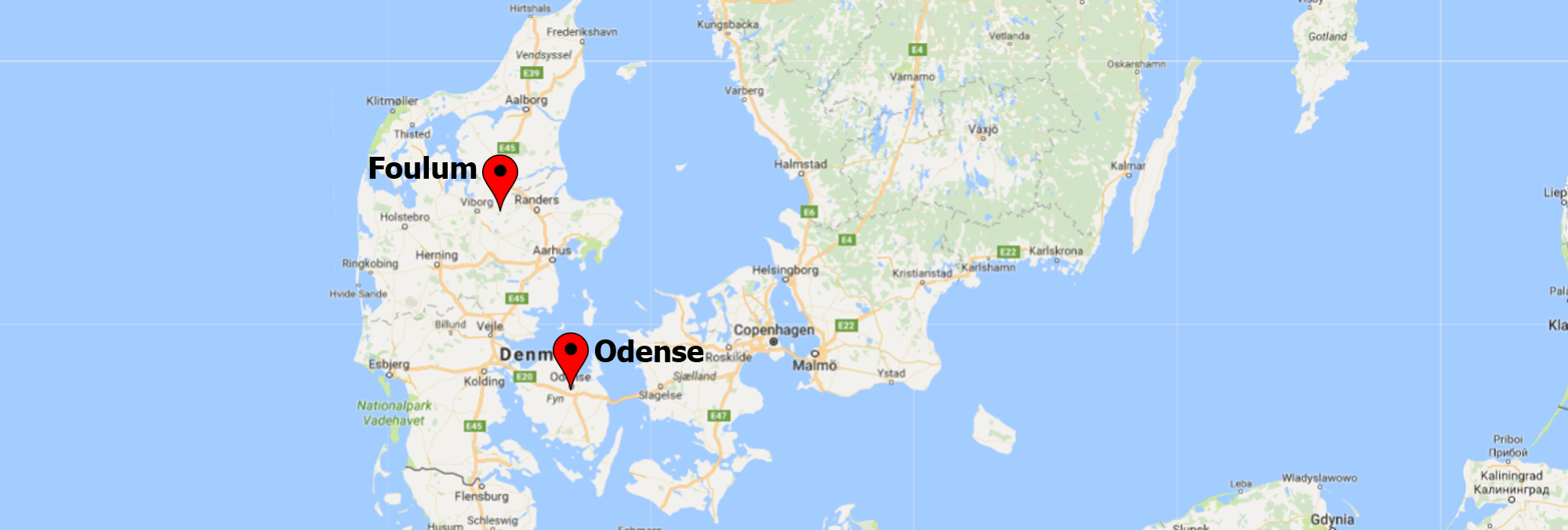Last week’s post was about the ongoing projects for building large data centers in Ireland, mostly in Dublin area. There is however another place in Europe experiencing a booming development in data centers: Denmark. While Denmark was not on the European data center map two years ago, two announcements changed the game and seem to turn this country into the new place to be for data centers.

First, Apple announced in early 2015 the building of a 166,000m2 data center in Foulum, Central Jutland. Expected to open in 2017, this data center represents a total investment of $950m and will be powered by 100% renewable energy. Apple unveiled these investment details in Denmark less than 24 hours after Facebook’s plans to build a third hub outside the US were revealed on 19 January 2017.

New Facebook’s data center is set to be built in a 500,000m2 piece of land in Odense and is believed to have been projected to be 184,000m2 split across three server halls. The facility will house the social media’s data such as videos and pictures
Facebook’s five data centers in the US are located in Los Lunas (New Mexico), Fort Worth (Texas), Altoona, (Iowa), Prineville (Oregon) and Forest City (North Carolina). Its current two European data centers are in Clonee, Ireland, and Luleå, Sweden. Odense will represent the eighth location worldwide (and the third one in Europe).
Norway, the Next New Place to Be for Data Centers?
While Sweden remains the largest market among the European Nordic countries in installed capacity with more than 35% of square meter space according to the Datacenter Nordics II report, Norway is said to be expected to become a hub for “several very large scale developments”, one of which includes potential access to 2.2GW of power. Every country tries to attract data centers. The Nordic region’s governments made no exception and have left no stone unturned to attract content providers to their regions with a pitch combining cold air for cooling data centers, low price for green power, an educated workforce, proximity to transmission infrastructure with multiple dark fiber options for resilient connectivity, and, of course, tax rebates (including tax cut on power price – see the Swedish example here). Additional factors may include developable land, a strong local support for high tech jobs, the presence of a technology cluster of businesses that actively supports technology education in the nearby schools and universities, and a positive business climate. Among the Nordic countries Norway has many arguments in its favor, including plenty of green, renewable, carbon-neutral power.
For comments or questions, please contact us.

